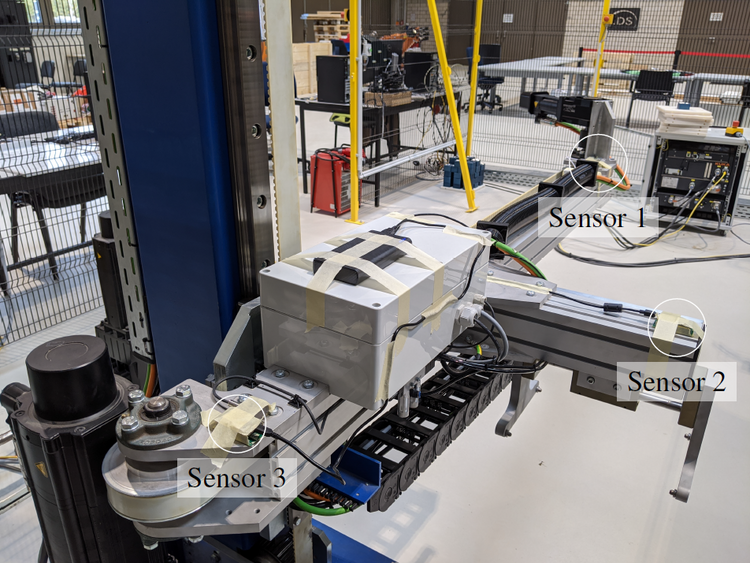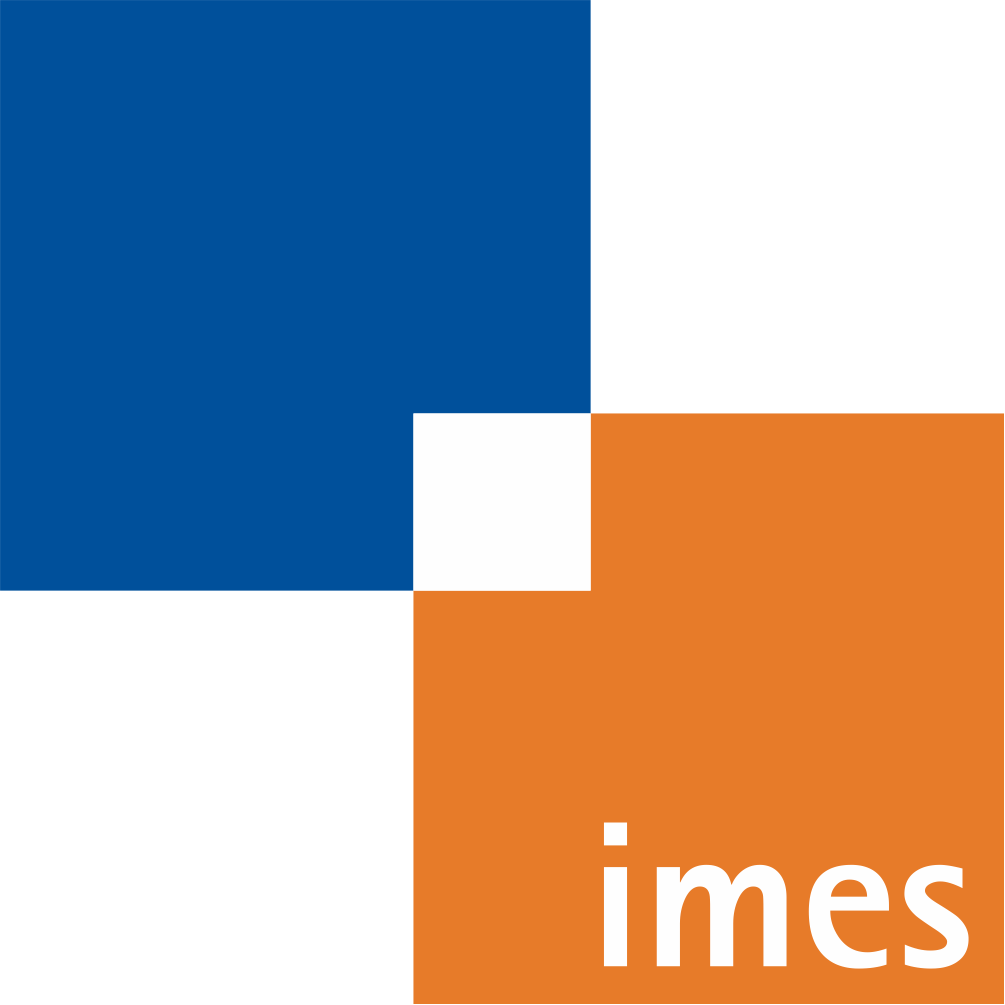Automated commissioning of electrical drive trains - Use of temporary commissioning sensors

| Led by: | Prof. Dr.-Ing. Tobias Ortmaier |
| E-Mail: | mathias.tantau@imes.uni-hannover.de |
| Team: | M. Sc. Mathias Tantau |
| Year: | 2020 |
| Date: | 01-02-20 |
| Funding: | FVA |
| Duration: | 02/2020-02/2021 |
| Is Finished: | yes |
In order to gain detailed models for the automated design of feedback and feedforward control, prior knowledge can be combined with structure and parameter identification in various ways. It is currently already possible to identify models of electric drives by means of experiments and to use them for control design, Kalman filtering, online state and parameter estimation, etc. The problem remains that the uniqueness of the structure identification is not always given. As a possible solution, temporary commissioning sensors could be used, such as load-side position sensors, accelerometers, strain gauges, yaw rate sensors, and so on. However, little research has been done on how the position, type and quality of the temporary sensors contribute to solving the ambiguity problem and to improving the accuracy of the models. In addition, there are hardly any approaches for the systematic assessment of structure distinguishability. Research objectives: 1.) Higher quality and robustness of the techniques from previous projects due to temporary commissioning sensors 2.) Reduction of commissioning time by identification of the mechanical plant 3.) Commissioning box (low-cost hardware, or smartphone app) 4.) Broad field of application through automatic selection of the model structure 5.) Evaluation of the benefits of temporary commissioning sensors The temporary sensor can be reused after commissioning on other testbeds, or otherwise the expenses are affordable, as low-cost hardware is used. The methods developed are to be validated on various testbeds and integrated into the e-Workbench (FVA 827)
